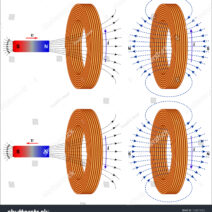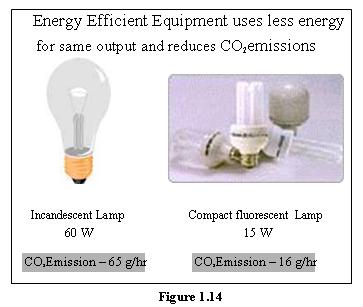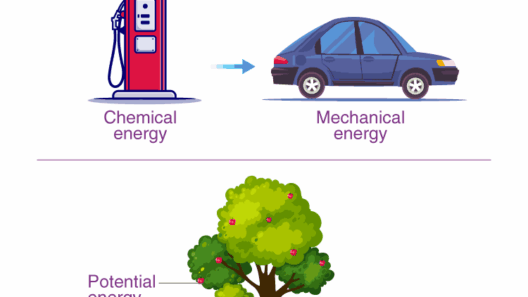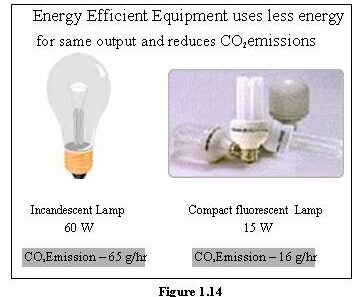The intriguing interplay between different types of forces in the realm of physics has long captivated scholars and enthusiasts alike. Among these forces, the distinction between conservative and non-conservative forces is paramount, particularly in discussions surrounding potential energy. Less commonly explored is the role of non-conservative forces and their relationship—or lack thereof—with potential energy. To unravel these concepts, one must first delve into the nature of potential energy and the distinctive characteristics of non-conservative forces.
Understanding potential energy is essential, as it signifies the energy stored in an object due to its position or configuration. Classic examples include gravitational potential energy in elevated objects or elastic potential energy in a compressed spring. Conservative forces, such as gravity or spring force, allow us to calculate potential energy conveniently. The key hallmark of conservative forces is that they depend solely on the initial and final positions of an object, regardless of the path taken between them. This leads us to an essential inquiry: do non-conservative forces—like friction and air resistance—exhibit potential energy?
To answer this, we must first investigate the characteristics of non-conservative forces. These forces are peculiar in that they do not conserve mechanical energy. An object subject to non-conservative forces will convert some of its energy into forms that are not recoverable for mechanical work, typically as thermal energy due to friction. Such energy dissipation means that the work done by non-conservative forces depends explicitly on the path taken, differing fundamentally from conservative forces.
Given these attributes, the concept of potential energy becomes complex when applied to non-conservative forces. While we recognize potential energy related to conservative forces is path-independent, non-conservative forces elude this rigidity. By their very nature, they cannot store energy in a potential well that remains constant across various paths. Therefore, when exploring opportunities for potential energy within a non-conservative force framework, one must tread with caution. It’s critical to recognize that while conventional definitions of potential energy do not apply, non-conservative forces still have a pivotal role in energy transformation and system behavior.
In considering specific scenarios, the example of a sliding block on a surface illustrates the interplay of potential energy and non-conservative forces. When a block slides down a friction-laden incline, gravitational force acts as a conservative force, providing potential energy that transforms into kinetic energy. However, the frictional force acts as a non-conservative force and dissipates some of that energy into heat. This fascinating dynamic does not produce potential energy in the classical sense but instead highlights a conversion of energy governed by the path taken by the block.
Similarly, in discussing the role of non-conservative forces, one must also touch on the concept of energy loss—in particular, thermal energy. For instance, as an object rolls on the ground, energy is lost to the surroundings due to air resistance and friction. This loss does not yield a recoverable form of potential energy; rather, it accentuates the inefficiencies associated with non-conservative forces. Understanding this energy loss leads to a broader comprehension of energy dynamics in various systems, pushing the boundaries of traditional mechanics.
One might provocatively posit whether non-conservative forces could establish a new framework for potential energy. Recent advancements in energy storage technology and exploration into systems such as batteries challenge our longstanding beliefs. In these contexts, energy dissipation does occur, yet it can potentially be harnessed in innovative ways. For example, modern regenerative braking systems in electric vehicles convert some kinetic energy back into electrical energy, challenging traditional notions of energy conservation.
Additionally, the underlying mechanics involved in sports physics, such as the energy expenditure of athletes during performance, delves deeper into this realm. Energy considerations can be informed by a nuanced understanding of non-conservative forces affecting biomechanics. This presents an engaging inquiry into how energies transform in varied contexts, urging a reevaluation of our conceptualizations of potential and kinetic energies.
Throughout the discussion surrounding non-conservative forces, a critical realization emerges: the illusion of potential energy in classic terms does not fully encapsulate the richness of the energy landscape governed by non-conservative forces. While they defy strict definitions of potential energy, they nonetheless orchestrate complex interactions that shape energy dynamics in our universe. As we explore this multifaceted terrain, one must contemplate how emerging technologies or discoveries may further redefine our perspective on energy systems.
In summary, while non-conservative forces do not directly yield potential energy in the traditional sense, their inherent characteristics influence energy transfer remarkably. This fascinating interplay positions us to rethink conventional definitions of energy storage and transformation. As we continue to probe the nuances of energy systems, embracing curiosity and openness to new paradigms will undoubtedly lead to fresh perspectives and advancements in our understanding of the physical world.







